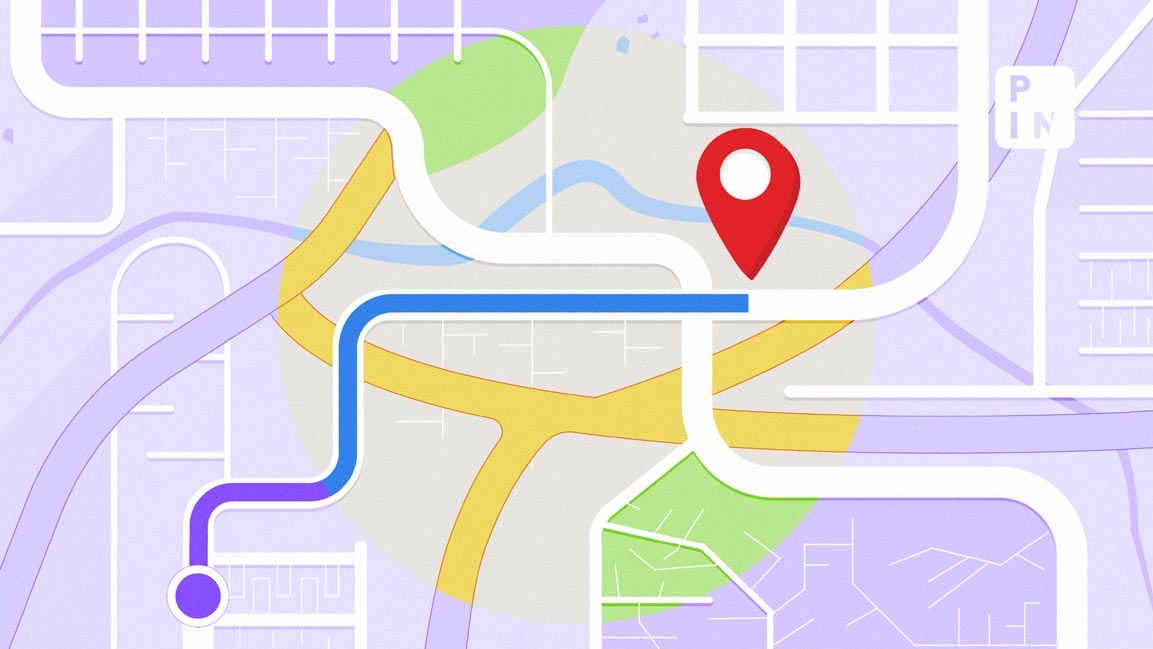- | 8:16 pm
India aims for the moon again as Chandrayaan-3 takes flight
Isro launches India's latest lunar mission, aiming to learn from past experiences and successfully land and rove on the Moon

Credits:
Video Editor: Rahul Sanpui/Press Insider
Senior Editor: Ahamad Fuwad/Press Insider
India successfully launched its third lunar exploration mission, Chandrayaan-3, from the Satish Dhawan Space Centre in Sriharikota, Andhra Pradesh, on Friday.
The mission, which aims to strengthen India’s capability in landing and roving on the lunar surface, was sent off into its targeted orbit by the medium-lift Launch Vehicle Mark-III (LVM3) rocket.
Indian Space Research Organisation (ISRO) chief S. Somnath congratulated the nation post-launch, expressing his confidence in the spacecraft’s trajectory and its forthcoming maneuvers.
“The mission will face its real test when it reaches the Moon and tries to put the lander module down,” Yashwant Gupta, director of the National Centre for Radio Astrophysics at the Tata Institute of Fundamental Research (TIFR) in Pune, told Press Insider, while hailing the launch as flawless.
In 2019, a software issue at the last minute led to the crash-landing of Vikram, the lander from India’s second lunar mission, Chandrayaan-2, on the Moon.
This time, with improvements made to the Chandrayaan-3’s design, India’s scientific community holds complete confidence in its success.
Chandrayaan-3 is slated for a soft landing on the Moon on 23 or 24 August.
Gupta sees the moon mission as an exciting prospect for setting up potential colonies and scientific facilities.
“The Moon offers an interesting prospect on many aspects, not just from the point of view of basic scientific curiosity. Scientists and astronomers see an exciting prospect of even setting up telescopes and astronomy facilities on the far side of the Moon,” Gupta said.
Chandrayan-3, which was built with a budget of less than $75 million, has a lander and a rover but does not have an orbiter.
The propulsion module, a device providing the necessary thrust to move a spacecraft or rocket that launches a spacecraft into orbit, will carry the lander and rover configuration until the 100 km lunar orbit.
Chandrayaan-3 will carry out a range of scientific studies. These include examining the properties of light reflected or emitted by Earth as seen from the Moon, estimating the occurrence and nature of “moonquakes,” understanding the characteristics of the Moon’s thin atmosphere, and accurately measuring the distance between the Earth and the Moon using lasers. These diverse investigations can offer valuable insights into both our home planet and its celestial neighbor.
Despite these strides, some experts question whether the budgetary allocation for space programs is sufficient given India’s ambitious plans in the sector.
In the 2022-23 Union Budget, the Indian government earmarked ₹13,700 crore ($1.8 billion) for the Department of Space.
As Isro prepares for Gaganyaan, India’s first human spaceflight mission, experts have voiced concerns that the current budgetary allocations might not be sufficient.
They believe that if India can allocate more funds towards its space programs, it would greatly enhance the nation’s ability to deepen its research and development capabilities in this field.
“Given what is at stake, the cost and the resources required are insignificant. A country like India can and must be able to support such a basic endeavor whose long-term gain will come over time,” Gupta said.













